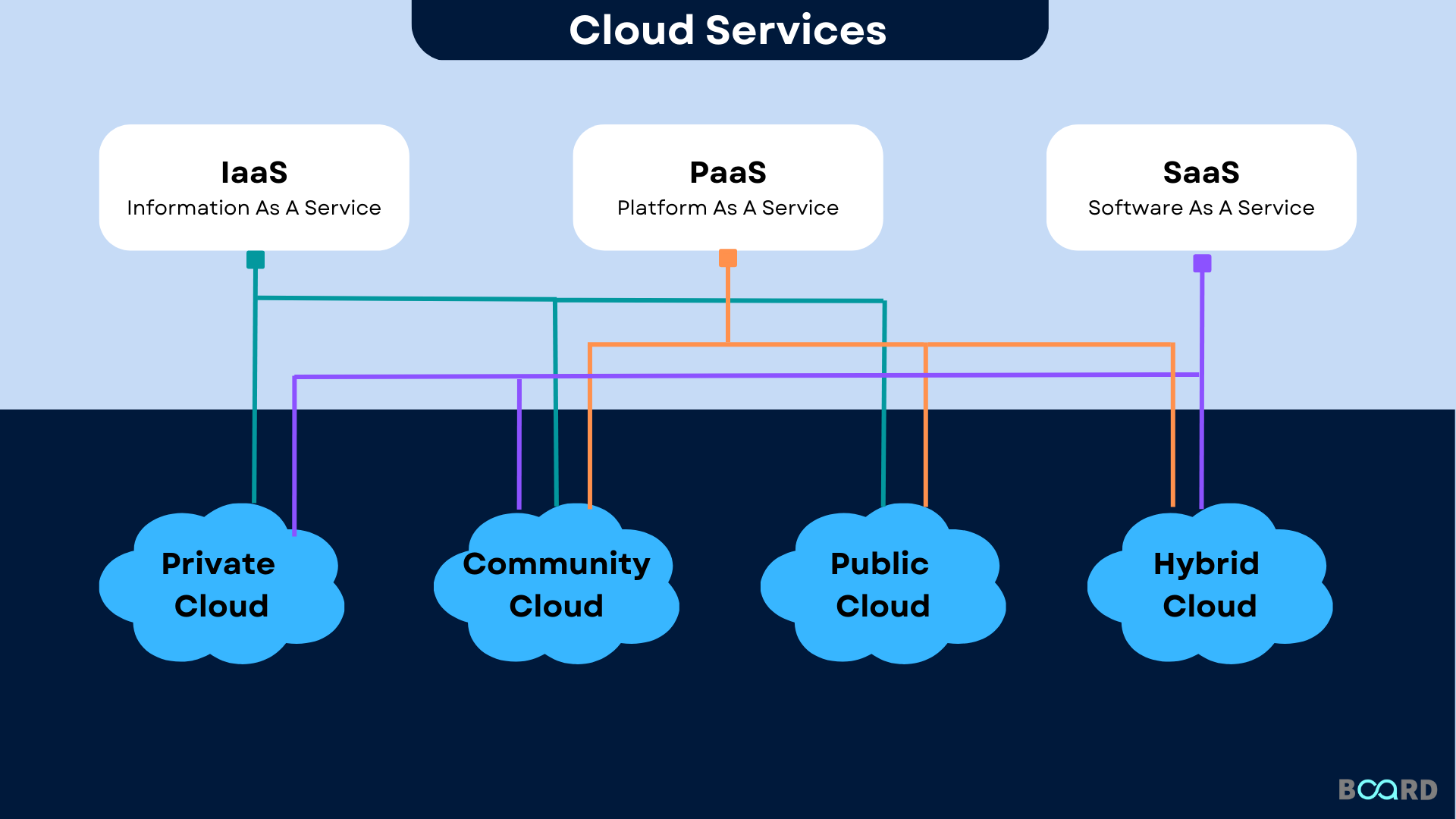Universal Cloud Service: Versatile and Scalable Solutions for every single Sector
Achieve Seamless Scalability With Cloud Solutions
In the ever-evolving landscape of cloud solutions, accomplishing seamless scalability stands as a keystone for modern services seeking to remain competitive and adaptable. The mission for seamless scalability with cloud solutions reveals a world of possibilities for those willing to embrace the transformative power of vibrant resource monitoring.
Advantages of Cloud Scalability
Cloud scalability provides companies the adaptability to dynamically readjust resources based on need, ensuring ideal performance and expense performance. Furthermore, cloud scalability promotes innovation and experimentation by permitting companies to easily examine brand-new ideas and range them as needed. Eventually, the advantages of cloud scalability expand beyond expense savings to incorporate improved performance, agility, and innovation.
Trick Functions for Scaling
Efficient scaling in cloud services depends on vital functions that enable organizations to readjust resources dynamically based upon need. One necessary feature for scaling is flexibility, allowing resources to scale up or down in reaction to fluctuating work. This makes certain that organizations can meet efficiency needs without over-provisioning resources. One more crucial feature is scalability, making it possible for systems to handle enhanced workload by including sources seamlessly. This function is vital for fitting development without endangering performance. Furthermore, automation plays an essential role in scaling by automating the provisioning and de-provisioning of resources based upon predefined plans. Automation reduces human intervention, improves effectiveness, and makes sure quick response to altering demands. Monitoring and analytics tools are additionally necessary for scaling, giving understandings into source usage, performance metrics, and possible traffic jams. These tools make it possible for organizations to make informed decisions and enhance resource allowance for effective scaling. Generally, these crucial attributes jointly encourage companies to achieve seamless scalability in cloud services.
Carrying Out Auto-Scaling Methods
To successfully enhance resource allotment and adjust to varying workloads, companies must strategically carry out auto-scaling methods in their cloud services facilities. Auto-scaling permits systems to immediately readjust the variety of calculate sources based on real-time need. There are different auto-scaling techniques that companies can employ, such as anticipating scaling, which makes use of historic information to anticipate future resource demands, and responsive scaling, which reacts to current work changes.

Best Practices for Scalability
For companies aiming to enhance their scalability in cloud solutions, implementing ideal check my site methods is critical for optimum efficiency and source management. One trick finest technique is making applications with a microservices design. This approach breaks down applications right into smaller sized, independent solutions that can be released, updated, and scaled individually, permitting for better versatility and scalability.
Another crucial method is using containerization technology, such as Docker or Kubernetes. Containers make it possible for the packaging of applications and their dependences right into isolated devices, making it much easier to scale elements independently and deploy them constantly throughout different settings.
Furthermore, carrying out automated deployment and facilities as code (IaC) can enhance scalability efforts (linkdaddy cloud services). Automation devices like Terraform or Ansible aid in provisioning and handling sources efficiently, lowering manual errors and enabling quick scalability
Furthermore, monitoring performance metrics, establishing notifies, and performing regular capability planning are important techniques to ensure positive scalability administration. By sticking to these best methods, companies can attain seamless scalability in their cloud solutions while optimizing performance and source use.
Monitoring Performance Metrics
When assessing the effectiveness of cloud services scalability, carefully checking efficiency metrics is important for making certain optimum performance and source allowance. By constantly tracking crucial performance signs (KPIs) such as reaction times, throughput, source, and latency utilization, companies can obtain beneficial understandings into the health and efficiency of their Check This Out cloud infrastructure. Keeping an eye on performance metrics allows for the very early discovery of prospective bottlenecks or concerns that might impact scalability, enabling aggressive procedures to be taken to resolve them before they intensify.

Conclusion
Finally, accomplishing seamless scalability with cloud solutions is important for companies to enhance performance, enhance innovation, and keep high performance levels throughout peak times. By leveraging the advantages of cloud scalability, carrying out auto-scaling methods, utilizing key attributes such as flexibility and automation, and following ideal methods like application style and performance tracking, companies can efficiently scale their systems while maximizing resource usage and performance.
The mission for smooth scalability with cloud services unveils a globe of opportunities for those prepared to accept the transformative power of dynamic source monitoring.
Cloud scalability uses organizations the adaptability to dynamically adjust resources based on demand, making sure optimal efficiency and cost efficiency. Another vital feature is scalability, making it possible for systems to manage enhanced workload by including resources flawlessly.For organizations intending to improve their scalability in Read Full Report cloud solutions, executing ideal practices is crucial for ideal efficiency and resource administration.When analyzing the performance of cloud solutions scalability, closely checking performance metrics is necessary for guaranteeing optimum capability and resource allowance.